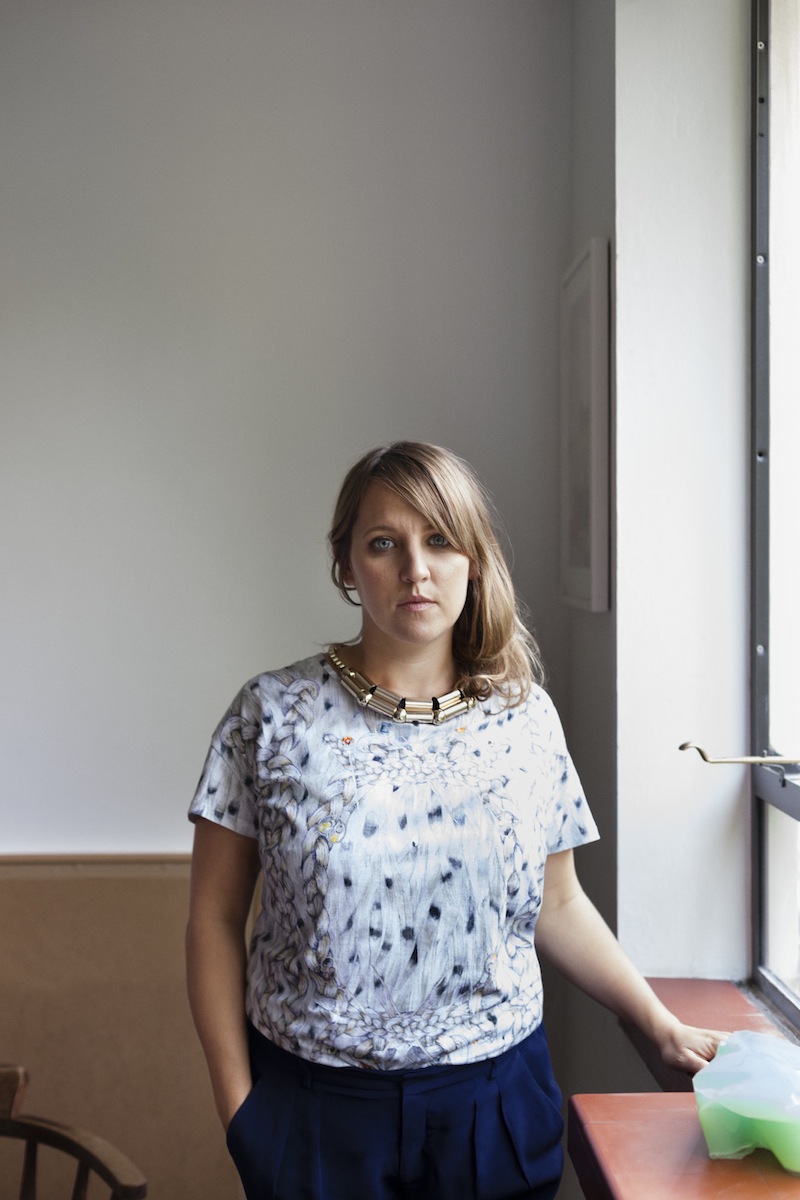A New Lees at Frieze

ABOVE: NICOLA LEES. IMAGE COURTESY OF FRIEZE
Frieze London kicks off its upcoming season with a new curator at the helm, its first since 2009: Nicola Lees, whose expertise includes working with emerging and established artists as well as creating experimental and innovative programs. She will also be a part of the judging panel for the Emdash Award, which offers up-and-coming international artists the opportunity to contribute to the Frieze Projects program. With an innovative eye, Lees hopes to explore and cultivate other art forms including film and educational practices.
In her former role as the Senior Curator of Public Programmes at the Serpentine Gallery, Lees curated a range of performances, screenings, talks, and publications, which opened a space for discourse throughout the gallery’s exhibitions as well as architectural pavilion. She commissioned several new time-based works for the Serpentine Gallery’s Park Nights and Serpentine Cinema programs: Park Nights included a new performance by Oscar Murillo, as well as the first presentation of American composer Robert Ashley’s opera Vidas Perfectas, part of its international tour. We caught up with Lees to chat about her new role, what’s in store for Frieze London, and what’s on her culture radar.
LORELEI MARFIL: Tell us about your new role as the new curator.
NICOLA LEES: I was very interested in working with the specific timeline of the fair and addressing its temporality within the curatorial concept of the Foundation program. One of the most exciting aspects of my role at Frieze Foundation is the possibility to commission new works in close dialogue with a range of artists, including established as well as emerging names. It is very exciting to see the artists’ ideas materialize over time and unfold over the five days of the fair. Their works avoid any fixed points and potentially ask more questions than they answer.
MARFIL: Were there any interesting stories or anecdotes while curating Frieze that you can share?
LEES: Gerry Bibby’s project begins with an anecdote about him working backstage at Frieze many years ago. He was planting trees in Regent’s Park during the fair and found that the soil was peppered with oyster shells. His commission for Frieze Projects takes its cue from that moment and explores the history of oysters in London. The work includes multiple stages such as feeding, eating, recording, and dipping and dying oyster shells, to produce an installation at the fair as well as textual content for his performance, which will take place on Saturday, October 19, in the Projects area.
MARFIL: What’s on your radar at the moment?
LEES: I am very much looking forward to Philippe Parreno’s upcoming solo show at the Palais de Tokyo in Paris. Frieze magazine has dedicated a big feature to this artist in the current October issue that looks at his practice in depth. I worked with Philippe over the years and his recent mise en scène at the Barbican in London, for the exhibition “The Bride and the Bachelors: Duchamp with Cage, Cunningham, Rauschenberg and Johns,” was a real inspiration.
MARFIL: Where do you go to find new artists?
LEES: My program is always very much artist-led, and I do many studio visits with artists to learn about their work in more depth and to keep in touch about the ideas they are developing. I enjoy meeting new artists and the dialogue with them is key to find the right moment to work together. This particularly applies to commissioning new works, which is very much about the right timing. Our collaboration with EMPAC (Experimental Media and Performing Arts Centre) at Rensselaer Polytechnic Institute in Troy, New York has enabled young artists such as Petra Cortright to go on her first residency and produce a film commission for Frieze Film.
MARFIL: What are some of your favorite galleries and museums?
LEES: I am very excited to be working with Liverpool Biennial for Frieze Music, and I look forward to the Biennial 2014. The Amsterdam-based performance platform If I Can’t Dance, I Don’t Want to Be Part of Your Revolution is collaborating with Frieze Projects this year and the format of their ongoing program is something I am very interested in. Pilvi Takala’s gallery Carlos/Ishikawa has a particularly interesting program among the commercial galleries in London.
MARFIL: What’s in store for Frieze London?
LEES: The most obvious difference this year is that all the Projects will take place in one bespoke structure, which is itself a project. For his first commission in the U.K., Greek architect Andreas Angelidakis will create one focused environment for the projects’ activities, which will become an island within the fair. This bespoke structure will house performances and installations by Rivane Neuenschwander, Ken Okiishi, Lili Reyaud Dewar, Gerry Bibby, and Josef Strau. This year the commissions form an integrated and rolling program, which will shift the emphasis onto different projects at different moments. Angelidakis’s design is for a modular theatrical system—which will be moved each evening, creating a different configuration on each day of the fair to mirror and complement the changing activities.
FRIEZE LONDON RUNS OCTOBER 17 THROUGH 20. FOR MORE INFORMATION, PLEASE VISIT ITS WEBSITE.






